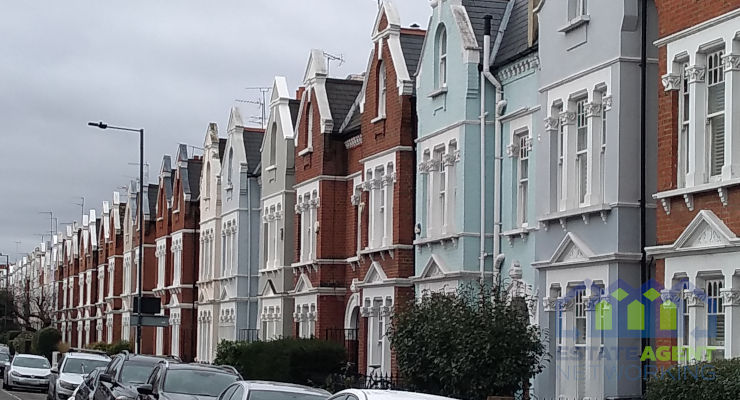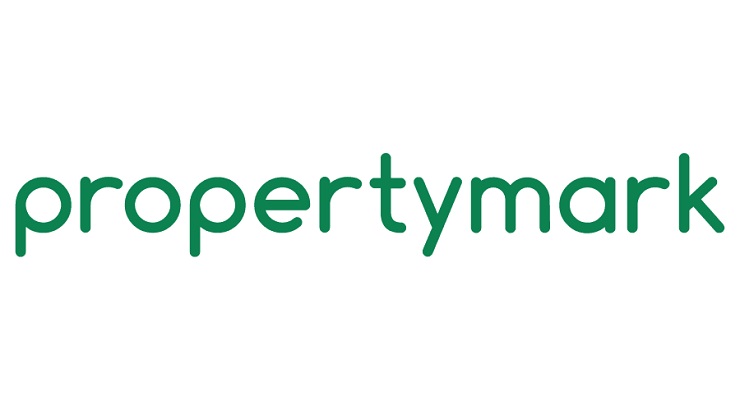Most expensive streets in England and Wales revealed
Grosvenor Crescent, located in the heart of Belgravia, London, is the most expensive residential street in England and Wales, according to the latest research from Lloyds Bank. A typical property on Grosvenor Crescent will cost an average of £16,918,000.
The second most expensive street is Ilchester Place in Holland Park, with an average house price of £16,700,000.
Lloyds Bank reveals that the top six most expensive streets are in the prime residential areas of the City of Westminster and Kensington and Chelsea – all with an average price of over £10m and two over £16 million.
There is at least one ‘million pound street’ in every region of England and Wales – 73 in total.
Andrew Mason, mortgage products director at Lloyds Bank said:
“The prime London boroughs of Westminster and Kensington and Chelsea continue to reign supreme with Britain’s most expensive streets. Six addresses in the two boroughs come with a price tag of over £10 million with the top two over £16 million.
“As expected, addresses in London and the South East top the list of most expensive places to live, our research shows that all other regions have at least one £1 million street. Away from London, the survey shows that the most expensive streets are tightly clustered within Cheshire, Yorkshire and the Humber and Sandbanks in Dorset on the south coast.”
Read the research report from Lloyds Bank 23rd December 2017 in full click here.









